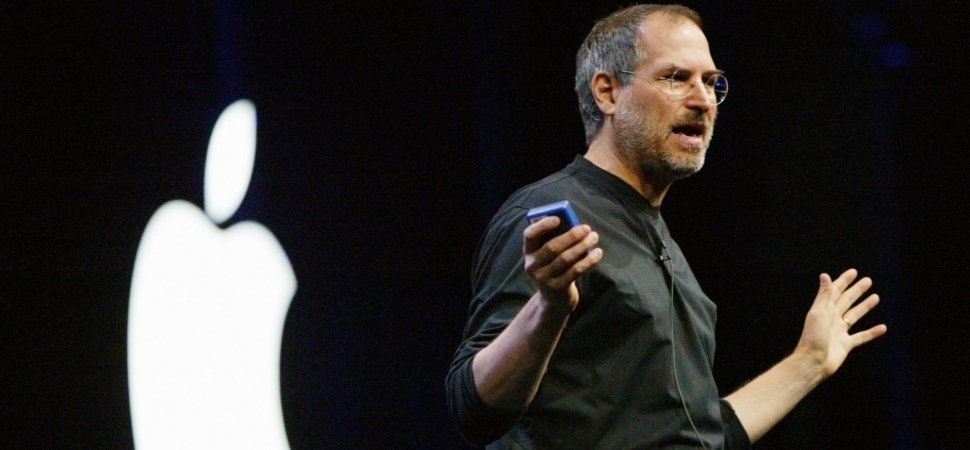Why making a great presentation is a lot like cooking

Recommended articles
On related topics
When developing a presentation, the audience journey must be at the forefront of your thinking. Central to this process is identifying the emotional milestones you want to hit - or the flavours of your presentation. Are you trying to rally support for a difficult change? Are you delivering good news? By establishing these important moments, you can build a recipe for your presentation that you are confident will succeed.
I will take you through the four key flavours I like to bake into every presentation recipe:
Tart - A sour note before the main course can stimulate our appetite, presentations can often benefit with the same principle by adding a bit of a pucker and setting the right tone for our speech. You want to begin your speech by looking for the moment that makes people stop in their tracks and pay attention – by opening with the most interesting thing that has happened in your business lately. For example, if I was to deliver a presentation about Starbucks, I would likely open with the fact that they were opening a store in China every 15 hours (a shocking thing to think about!). Nowadays, people’s attention span is relatively short (Microsoft said it is shorter than that of a goldfish) – if we can have this moment early on, it is more likely they will continue to listen to you.
Spicy – For someone who can’t handle having their mouth on fire (that’s me), it is amazing to see people greatly enjoy a spicy food – from Thai Tom Yum to Sichuan Hot Pot, the list goes on and on. What we can learn about spice is that it causes a sense of excitement, making the meal all the more enjoyable. In a presentation, excitement is often short lived. Therefore, it is not necessary (nor sustainable) to leave your audience to wait to the end to reveal the biggest achievement; nor to follow events in chronological order. You can add “the hot sauce” whenever you think it is the right moment to awaken their taste buds.
While it’s important to create spice, it is equally important not to dilute it. You don’t want to overpower your spicy content by stuffing the slides with lengthy copy or hard to digest content. Being concise is a way to deliver your spice with a bang. If you are worried about leaving out important details but they’re bogging down your spicy reveal, remember that you can always point the audience to an appendix for details.
 An example of adding some spice (excitement) during a presentation is when Steve Job surprises the audience by adding “One more thing" and dropping a highly anticipated announcement.
An example of adding some spice (excitement) during a presentation is when Steve Job surprises the audience by adding “One more thing" and dropping a highly anticipated announcement.
Bitter – Life is full of ups and downs, and so is business. Almost no business can achieve great success unless it has overcome obstacles or difficulties. So, don’t be afraid to share both good and bad news. By sharing bad news, you are reflecting strong leadership and courage, as well as transparency and honesty with your audience. Warren Buffett is a great example of openly discussing his mistakes and lessons learnt. He also appreciates people with these valuable characteristics. Sharing the bitter moment only helps to intensify the other flavours!
“I bought a company in the mid-'90s called Dexter Shoe and paid $400 million for it. And it went to zero. And I gave about $400 million worth of Berkshire stock, which is probably now worth $400 billion. But I've made lots of dumb decisions. That's part of the game." - Warren Buffet
Sweet – Finally, if there is one flavour you shouldn’t miss, this is it! The sweet taste represents your energy, passion and determination. While preparing for your presentation, you should aim at connecting with the audience on a personal level - through expressing your emotions. Your audience is motivated when they hear you and your team members are motivated. Their ears prick up when they listen to your stories of blood, sweat and tears. They will believe if you believe! If we can enrich the flavours of our presentation, it is more tempting to the audience.
As long as the ingredients are fresh (content is relevant, up-to-date), chopped (messages are clear, easy-to-digest) and blended well (with the four flavours discussed above), we can go ahead and set to the right temperature (rehearse, rehearse and rehearse) and timing (not too long and not too short) to deliver a delicious presentation.
NATIONAL has a team of experts who can support you through our presentation training services. Be sure to contact them for more “recipes’!
——— Gisele Suen is a former Senior Consultant at NATIONAL Public Relations


